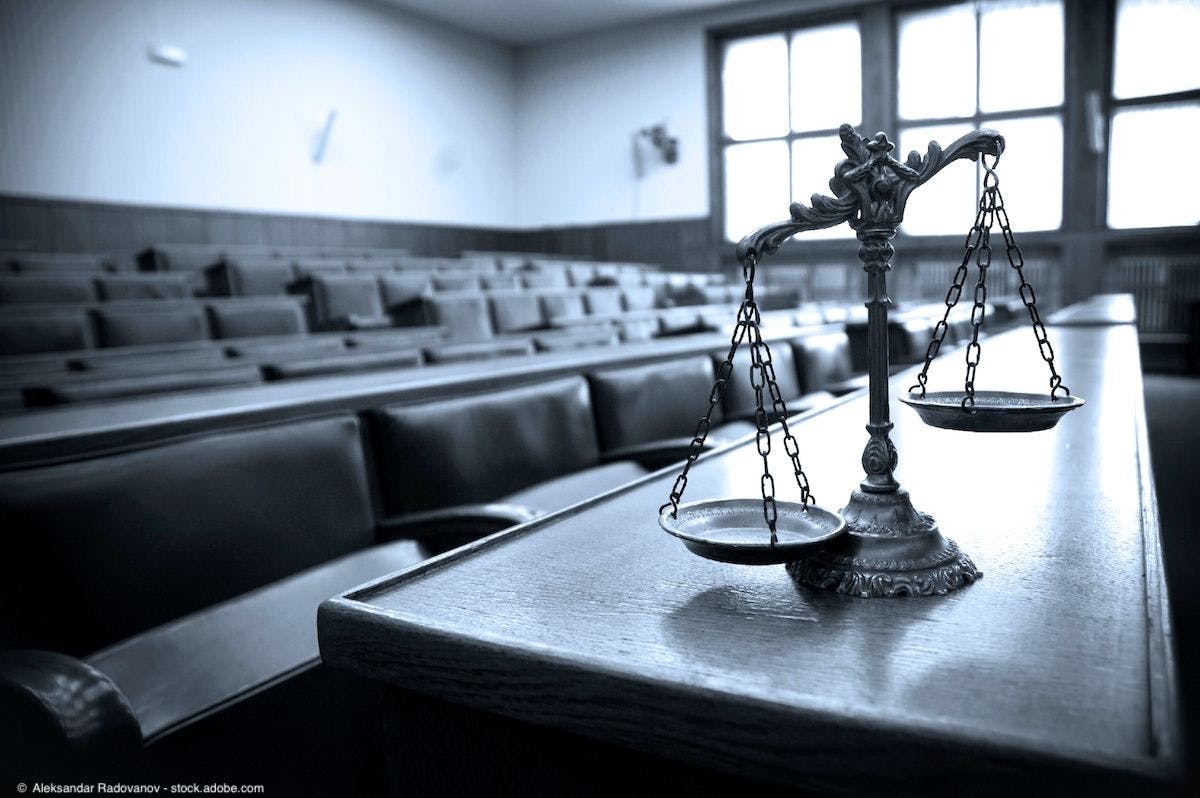Publication
Article
Urology Times Journal
Clearing up confusion surrounding percutaneous nephrolithotomy coding
Author(s):
"Although payers are supposed to adopt CPT instructions, we unfortunately do not have a system that contractually binds payers to follow CPT instructions verbatim," write Jonathan Rubenstein, MD, and Mark Painter.
Jonathan Rubenstein, MD

I am still a bit confused about percutaneous nephrolithotomy (PCNL) coding using the updated Current Procedural Terminology (CPT) codes 50080 and 50081. I have seen presentations stating that we are now able to bill CPT codes 50436 and 50437 with the new PCNL CPT, but other presentations say we cannot and that there is still a National Correct Coding Initiative (NCCI) edit. Which is correct? Also, if I’m understanding correctly, billing separately for the urologist creating their own access is not allowed. The way I understood it was the “placement of nephrostomy tube” in the description of 50080 and 50081 refers to leaving a tube in place at the end of the procedure and not the work involved in creating a new access (previously billed with 50432).
Mark Painter

Let’s start by understanding CPT codes 50436 and 50437, which describe dilation of a percutaneous tract to a size large enough to allow insertion of endoscopic instruments into the kidney percutaneously, as follows:
• 50436: Dilation of existing tract, percutaneous, for an endourologic procedure, including imaging guidance (eg, ultrasound and/or fluoroscopy) and all associated radiological supervision and interpretation, with postprocedure tube placement when performed
• 50437: Dilation of existing tract, percutaneous, for an endourologic procedure, including imaging guidance (eg, ultrasound and/or fluoroscopy) and all associated radiological supervision and interpretation, with postprocedure tube placement when performed; including new access into the renal collecting system
Many are aware that CPT codes 50080 and 50081 were recently revised with both a new descriptor and valuation. The codes needed to be revised due to a change in site of service and to improve granularity on what was and was not included as part of the case. For example, the old descriptor included “dilation” (of the tract) and “ureteroscopy” (without specifying antegrade or retrograde). CPT codes 50436 and 50437 were not able to be billed with 50080 or 50081, and an NCCI edit of 1 was created (meaning the codes can be billed together in unique circumstances, such as when being performed on contralateral sides). The updated descriptor and associated parentheticals (coding instructions) are as follows:
• 50080: Percutaneous nephrolithotomy or pyelolithotomy, lithotripsy, stone extraction, antegrade ureteroscopy, antegrade stent placement, and nephrostomy tube placement, when performed, including imaging guidance; simple (eg, stone[s] up to 2 cm in single location of kidney or renal pelvis, nonbranching stones)
• 50081: Percutaneous nephrolithotomy or pyelolithotomy, lithotripsy, stone extraction, antegrade ureteroscopy, antegrade stent placement, and nephrostomy tube placement, when performed, including imaging guidance; simple (eg, stone[s] up to 2 cm in single location of kidney or renal pelvis, nonbranching stones); complex (eg, stone[s] > 2 cm, branching stones, stones in multiple locations, ureter stones, complicated anatomy)
• (Do not report 50080 or 50081 in conjunction with 50430, 50431, 50433, 50434, or 50435 if performed on the same side)
• (For establishment of nephrostomy without nephrolithotomy, see 50040, 50432, 50433, and 52334)
• (For dilation of an existing percutaneous access for an endourologic procedure, use 50436)
• (For dilation of an existing percutaneous access for an endourologic procedure with new access into the collecting system, use 50437; for additional new access into the kidney, use 50437 for each new access that is dilated for an endourologic procedure)
As one can see, the new descriptors specifically note that dilation of a tract is not part of the 50080 or 50081 procedure, therefore CPT codes 50436 and 50437 can be billed on the same side when both are performed. The valuation of 50080 and 50081 specifically excluded dilation of the tract, and the work and value started after the dilation had been performed. At the time of this writing, the NCCI edit, which was created using the old code, has not yet been updated. Hopefully that will be coming soon, and until that time, an approved modifier (eg, -59 or -XU) should be used. But one can be confident that they are correct, as the CPT coding instructions state:
“Breaking and removing stones is separate from accessing the kidney (ie, 50040, 50432, 50433, 52334), accessing the kidney with dilation of the tract to accommodate an endoscope used in an endourologic procedure (ie, 50437), or dilation of a previously established tract to accommodate an endoscope used in an endourologic procedure (ie, 50436). These procedures include the antegrade removal of stones in the calyces, renal pelvis, and/or ureter with the antegrade placement of catheters, stents, and tubes, but do not include retrograde placement of catheters, stents, and tubes.
“Creation of percutaneous access or dilation of the tract to accommodate large endoscopic instruments used in stone removals (50436, 50437) is not included in 50080 and 50081 and may be reported separately if performed. Codes 50080 and 50081 include placement of any stents or drainage catheters and remain indwelling after the procedure.”
Although payers are supposed to adopt CPT instructions, we unfortunately do not have a system that contractually binds payers to follow CPT instructions verbatim. Payer variation and timing is the unfortunate reality that leads to the confusing information you have been provided.
Medicare, which contracts for and uses the NCCI, is not helping this situation. As you know, NCCI is the data set used by Medicare to adjudicate CPT procedural coding combinations, called Procedure to Procedure (P2P) edits. As you have heard, the NCCI edits for PCNL coding have not been updated to accommodate the revisions to the CPT manual. What’s worse is that it appears Medicare will not update the NCCI data set until the third quarter this year. Typically, we would expect that the update would be released in June and would include retroactive fixes to the P2P edits for the codes related to PCNL. Knowing this, you can report your services as directed by CPT, including modifier -59 on codes 50436 or 50437 for creation and/or dilation of the access tract, and appeal if denied using current CPT language and supporting documentation. Because the payers have not yet adopted CPT rules in the data set, we feel it is appropriate to bill 50432 with the PCNL code (2022 billing patterns) until the data change. If the changes, when released, are retroactive to January 1, 2023, we would recommend you submit corrected claims removing the 50432 and reporting 50436 and 50437, as these codes are considered bundled per CPT instructions and will likely be treated as such in the NCCI update.
In short, you are receiving confusing signals, but that is because it is confusing.





























